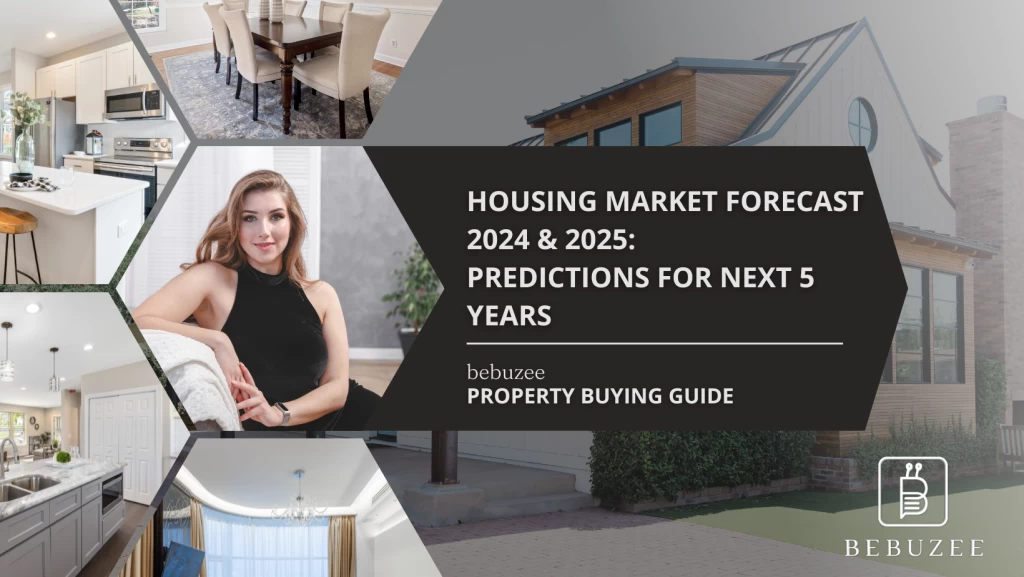20 Highly Effective Real Estate Advertising Slogans to Get Better Results

A memorable real estate slogan can keep you top on the minds of prospects. Your slogan defines your business, forms an element of all your marketing materials and can be what people associate with you. For Scott Geller, a RE/MAX realtor in Jamison, Pa, with the slogan "Scott Geller, the home seller", some people probably think his slogan is his real full name. The name and occupation awareness brought him so much business that after a while, he didn't need to advertise to the general public, he had enough repeat customers and referrals.
A clever, memorable slogan forms part of your identity. While a good slogan can transform your business; a bad one can harm your business and reputation. Hence you should put more effort into developing the right slogan for your real estate business. Here are a few things good real estate slogans can do for your business.
1. Help you appeal to customer emotions
2. Highlights your customer service or care.
3. Reflects your business's personality and character.
4. It is memorable; stays long in the mind of prospects.
Let's look at twenty great real estate slogans and some reasons why they are effective.
20 EFFECTIVE REAL ESTATE SLOGANS
One important thing slogans and taglines do is helping to distinguish you from the competition. According to Dictionary.com, a slogan is a distinctive cry that separates you from everything else. So, the most important thing you want to maintain is the individuality of your slogan. Here are 20 real estate slogans that work. You can put your creative gear in motion and use these examples to craft something effective for your real estate business.
1. Sell for More. Buy for less.
2. A Track record that speaks for itself.
3. The Realtor for You.
4. Turning Dreams into Reality
5. Doing Everything but the packing
6. Your Dream Home awaits.
7. Helping San Diego find where to live.
8. Experts in the local market.
9. Your concern is my priority
10. The agent that works harder after the closing papers are signed.
11. A tradition of (excellence, trust, service).
12. A cut above the rest.
13. Helping New Yorkers move since 1983.
14. I'm never too busy for your referrals.
15. Going above and beyond
16. Beautiful L.A homes
17. Helping clients get more home for less money
18. Beautiful places to live.
19. Helping you close for less.
20. Turning transactions into relationships.
What these slogans have in common are that:
1. They focus on the client. Your prospects do not care about you or your business. They want to know how you can help them. Having a real estate slogan that clearly states how you can help them gets you points. Keep your slogans around your clients and you'll keep them around longer.
2. Non-generic. Although you should look around and examine trends in your market and incorporate these in your real estate marketing, don't forget to differentiate yourself from the crowd. Is your slogan helping you stand out?
3. Memorable. Effective slogans have a musical memorability around them. Quality slogans are short phrases that are easily remembered.
Having a high quality real estate slogan will keep you in the minds of clients for a long time.




